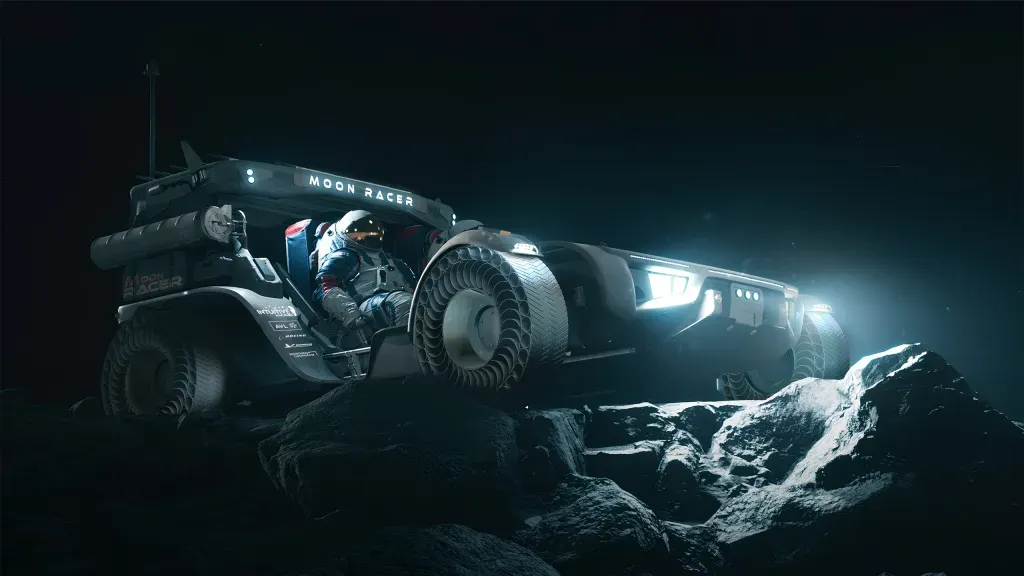The New Lunar Rover Might Have the Same Battery Technology as Your EV

General Motors’s battery packs may be headed to the moon.
NASA awarded Lunar Terrain Vehicle (LTV) contracts to three different companies last week. One of the contractors, Lunar Outpost, plans to make use of the Detroit automaker’s EV battery technology in its off-planet vehicle.
The space agency said it will spend up to $4.6 billion helping outside groups develop the next lunar rover, which will be used by Artemis campaign astronauts. That money will be split between three companies, Intuitive Machines, Venturi Astrolab, and Lunar Outpost. The last of those is heading up the Lunar Dawn team, which consists of Lockheed Martin, Goodyear, MDA Space, and General Motors.
Although Lunar Dawn shared a rendering of its LTV there’s still a lot of work to be done. The group is focused on building a vehicle that will allow Artemis astronauts to safely navigate the lunar surface to conduct experiments and prepare the Moon for future human missions to Mars, according to a press release. It will feature a reconfigurable cargo bed and robot arm, function at extreme temperatures, and feature autonomous navigation so it can operate with or without humans onboard.
Lunar Outpost will be tasked with the bulk of design and development work as the project’s primary contractor, but each team member will play a vital role in its creation. Lockheed Martin will use its extensive experience crafting to facilitate the production of the vehicle, while General Motors will contribute to the design of the chassis and suspension in addition to providing the LTV’s power source. Goodyear is developing special tires for the project (it’s been working with NASA since the Apollo missions), while MDA Space will be responsible for the vehicle’s robotic arm and interface.
“These unique technologies will enable the future of critical infrastructure required for a sustainable presence in space where humans can live, and work far from Earth,” Kirk Shireman, Lockheed Martin/s vice president of Lunar Exploration Campaigns, said in a statement.
All three groups are expected to spend the next year refining their concepts before presenting them to NASA, reports Space.com. It’s unclear how long the process will take past that date, but the agency wants the LTV on the Moon before the Artemis 5 team gets there in 2030.
Authors
-

Bryan Hood
Senior Staff Writer
Read MoreBryan Hood is a digital staff writer at Robb Report. Before joining the magazine, he worked for the New York Post, Artinfo and New York magazine, where he covered everything from celebrity gossip to…


 United Kingdom
United Kingdom Argentina
Argentina  Australia
Australia  Austria
Austria  Brazil
Brazil  Canada
Canada  Germany
Germany  Ireland
Ireland  Italy
Italy  Malaysia
Malaysia  Mexico
Mexico  New Zealand
New Zealand  Poland
Poland  South Africa
South Africa  United States
United States 























